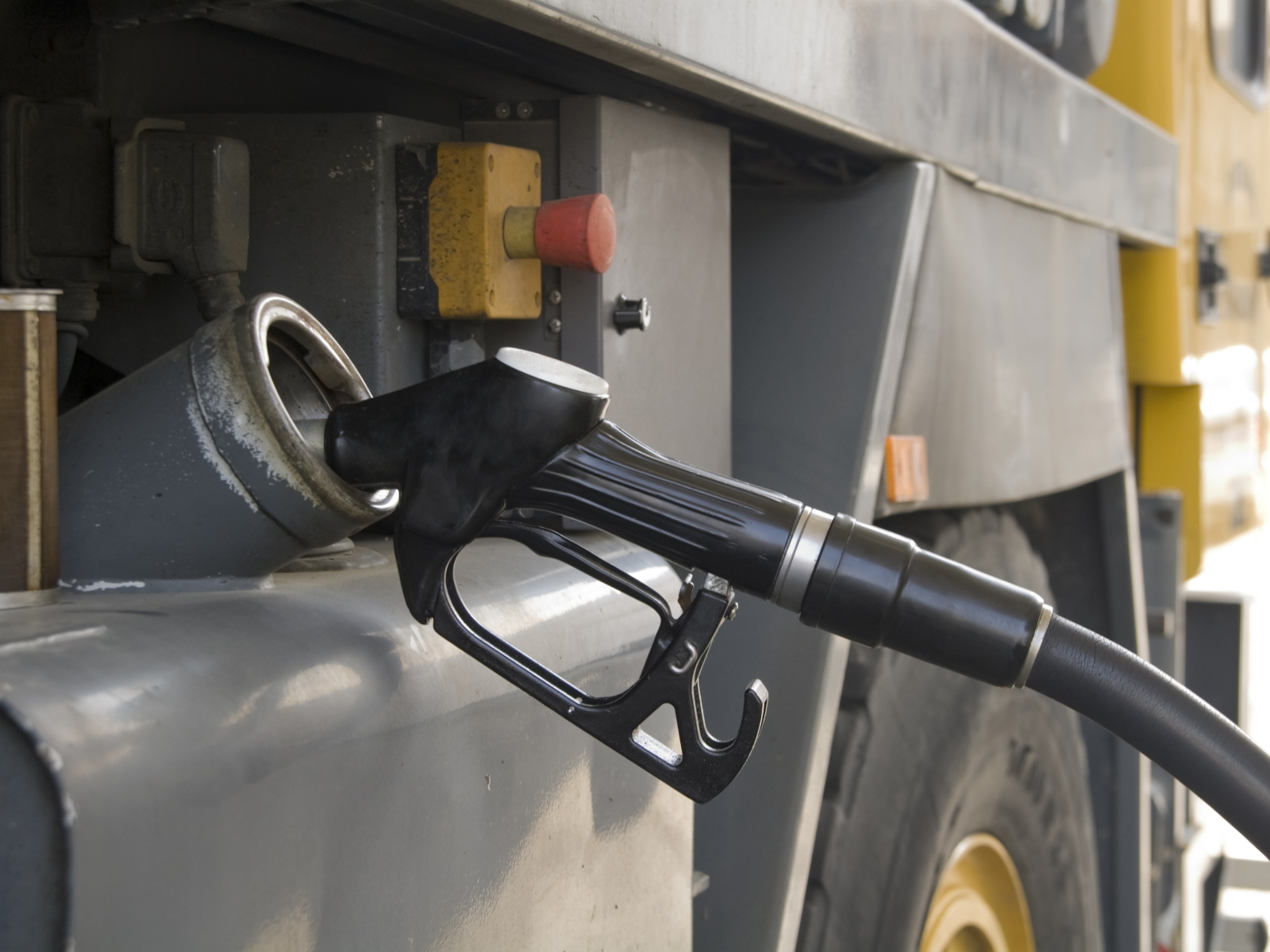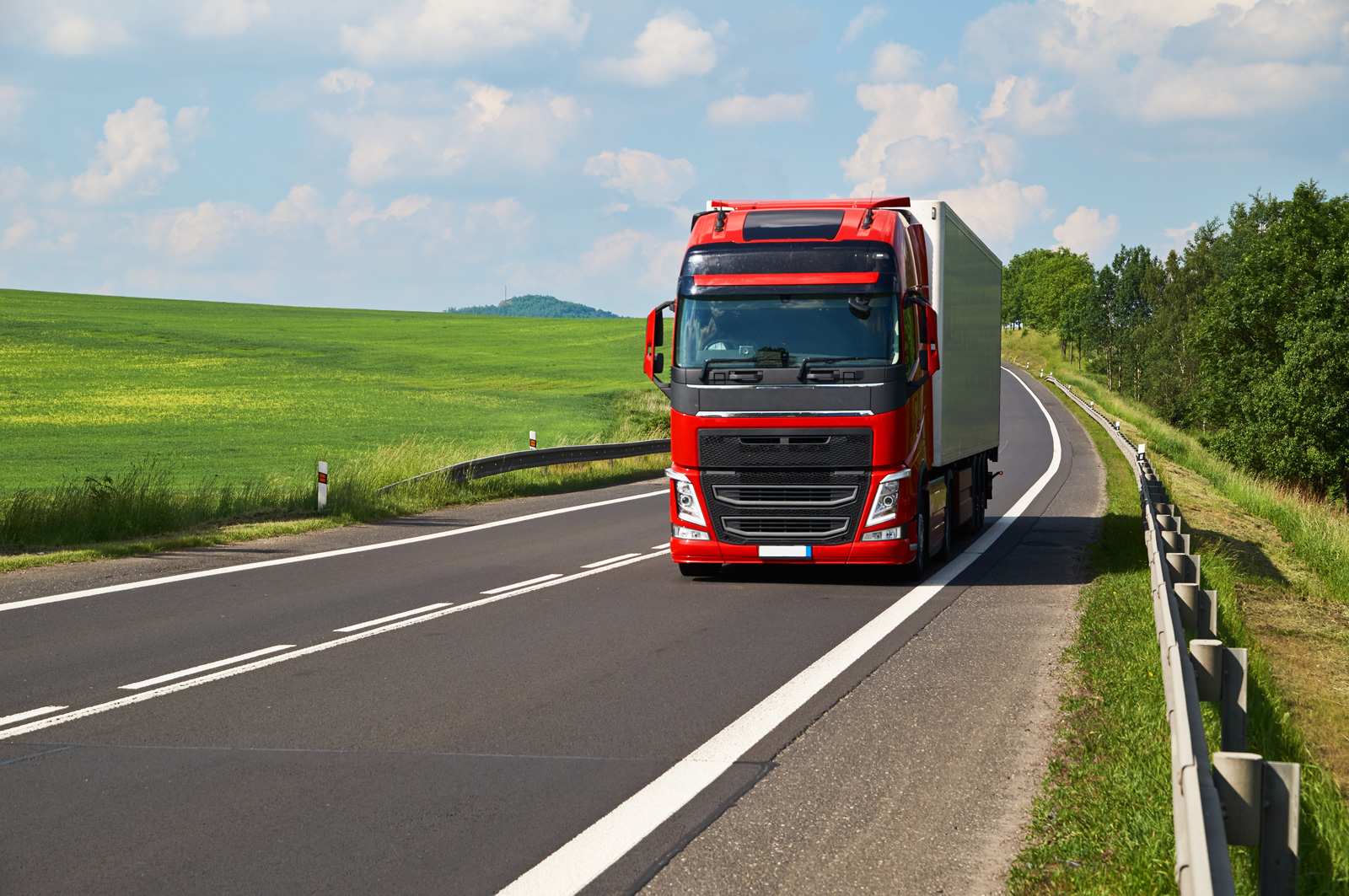That's a whopping £1,500 a year for an average HGV
It follows that the faster you drive, the more fuel you use.
But what isn't so obvious, is what that means in practice. Exactly what should you train your drivers to do, and how can they deliver such a significant saving.
There are 3 specific techniques your drivers can use everyday that are proven to slash your fuel bills – and improve safety and lower insurance costs as well.
If you can get your drivers on side, the savings are immediate, real and significant.
All from getting your drivers to follow these 3 simple driving skills and techniques...
3 driving skills that can help slash fuel bills
Educating your drivers that smooth steady driving (within the speed limits) leads to faster overall journey times, lower stress levels and delivers SIGNIFICANTLY lower fuel consumption, which can make a huge impact on your bottom line.
Rushing generally makes everyone feel more stressed and when your drivers are stressed, they'll push your vehicle (and its tyres) harder leading to increased fuel consumption, increased wear and tear and a higher probability of being involved in a collision.
 Here are three simple but highly effective ways your drivers can drive smoothly and save a small fortune in fuel...
Here are three simple but highly effective ways your drivers can drive smoothly and save a small fortune in fuel...
1. Feather the pedal, don't floor it when accelerating.If vour drivers learn to feather the pedal, accelerate gently, and drive just 3 miles per hour slower when on motorways, your business will see significant fuel savings.
2. Look and plan ahead to minimise the use of the brakesIf your drivers get off the accelerator sooner and allow the weight of the vehicle to slow them instead of hitting the brakes, you'll save fuel and reduce wear and tear on your vehicles.
3. Avoid unnecessary engine idling, even for a few momentsLeaving your engine running whilst making deliveries, or stopping for a break, wastes fuel.
Training your drivers to switch their engine off will go a long way towards achieving a 3% fuel saving.
This is all very achievable, but to succeed you need to educate and train your drivers, overcome their objections and possibly even give them some good incentives.

Overcoming driver objections - faster isn't quicker...
When it comes to talking to your drivers about their driving, and how they need to become smoother and slow down to save fuel, there's most likely going to be objections.
The main one will almost certainly be the need to go as fast as possible to get to the destination quickly.
The reality is that driving quickly makes no difference to journey time as it's the average speed that most affects the whole journey time.
This is especially true when on short journeys, or in urban areas, where there are lots of stops and frequent hold-ups.
Most people don't realise that the average speed in a city environment is usually around 13 miles per hour. Rushing to the next queue only uses more fuel.

Getting your drivers onboard
We've already discussed how changing driving techniques can help reduce your driver's stress levels, minimise the risk of a collision, and help your business significantly reduce fuel costs.
All these outcomes should be reason enough for your drivers to want to adapt and improve their driving, but as an extra incentive it's worth considering the introduction of a bonus scheme.
Based on certain targets, such as overall MPG, monthly fuel spend, average journey speed etc, your drivers get rewarded for better, more fuel saving driving.
And, paying out on these bonuses will still be cheaper than paying for the extra fuel you would have otherwise used.
Educating and training your drivers
By changing driving behaviour and attitude, you change their driving techniques, helping to reduce stress levels, minimise the risk of a collision, and help your business significantly reduce fuel costs.
Experience shows that giving drivers this information, backed up with regular reminders and feedback on performance (possibly linked to a bonus scheme) is essential to achieving these outcomes and savings.
If you like a free copy of our training poster on more efficient driving, please contact us and we will arrange for one to be sent to you.


